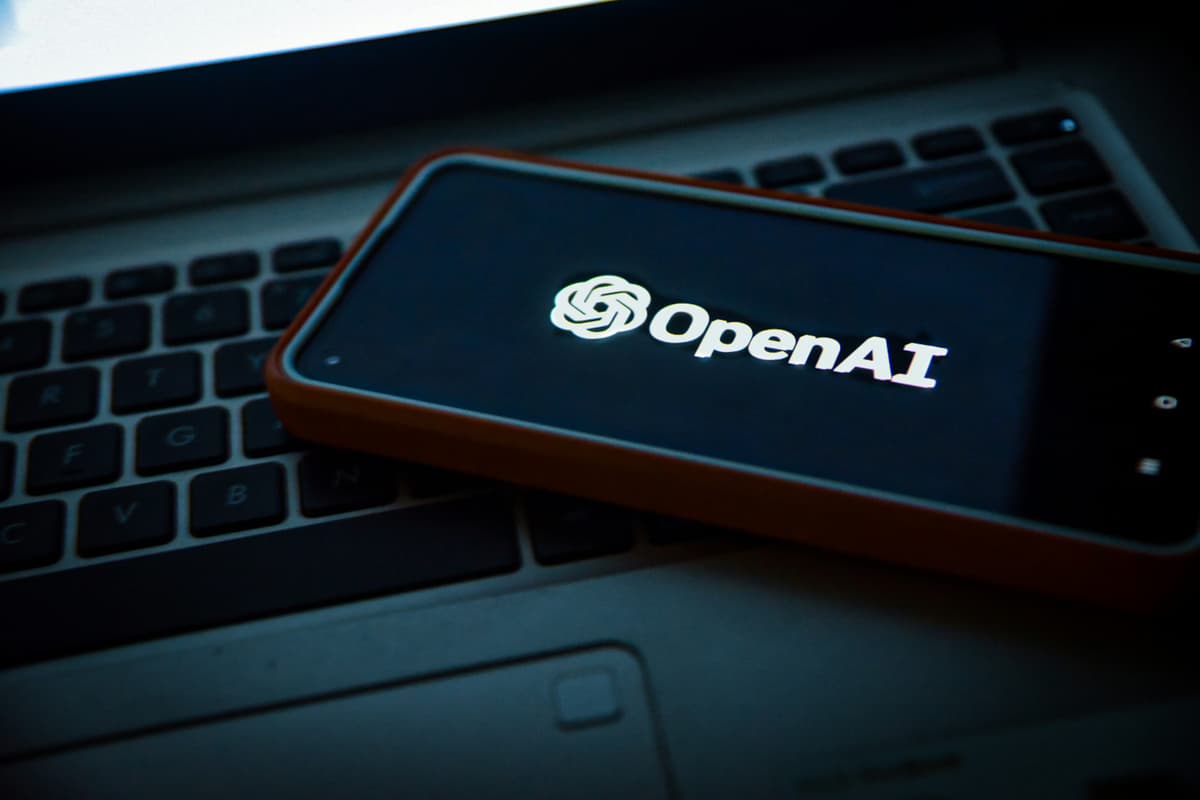Can You Actually Quantify Page Speed Impact Into Commercial Revenue?


The importance of Page Speed
Page speed can be a hot topic in the world of SEO and as SEO’s we’re regularly asked ‘are we passing Core Web Vitals?’, ‘how fast is the site?’ and often reminded that Google states “53% of mobile users abandon a site that takes longer than 3 seconds to load.” Despite this, and knowledge that slower sites lead to lower conversion rates, page speed improvements are often not the focus of attention, and tech tickets are frequently deprioritised – either through lack of technical resource or through lack of tangible impact.
There are lots of free tools out there to help you measure and test site speed alongside providing recommendations on where to make improvements (Google PageSpeed Insights and Chrome’s inbuilt Lighthouse report (Right-click > Inspect > Performance)) but this often lacks quantifiable data that can convince senior stakeholders into prioritising fixes.
How to quantify performance
Proving the value of page speed improvements is difficult. Rarely are any site changes made in a complete vacuum without impact from external factors such as competition, paid ads, search demand fluctuations etc., so attributing uplifts or drops in performance solely to page speed can be challenging.
In an ideal world, you’d be able to correlate ranking uplifts and engagement stats off the back of page speed improvements and, using various forecasting models, can predict growth based on average position increases, but that’s not always possible. Fortunately there are ways in which we can forecast and predict potential impact despite these challenges.

Benchmarking & Forecasting
Unless you have a huge database of first part data to draw from, it might be difficult to benchmark uplifts from past page speed optimisation, but this is where using 3rd party data as a proxy comes in handy.
External studies such as Deloitte’s ‘Milliseconds make Millions’ provide a comprehensive view on page speed impact across a wide range of website types and verticals and can act as a good guide in the absence of first party data.
The report is widely known in the industry, and although certain figures might need to be taken with a pinch of salt (being a little optimistic to put it lightly!), it gives you a good upper benchmark for what could happen to your performance.
Whilst there is a correlation between page speed and ranking position, it’s not really rankings that will help make your case, but the impact on engagement and conversion rate.

The Impact
The ‘Milliseconds makes Millions’ study, suggests that for ecom sites, based on a 0.1 second improvement in page speed there was an 8.4% increase in conversion rate (CVR) and 9.2% increase in average order value (AOV).
So for example, if you have a starting CVR of 2.5% with an AOV of £87, per 1,000 visits you would typically expect to see 25 conversions, resulting in £2,175 in revenue. If we take Deloitte’s data for a 0.1 second improvement in page speed in line with the potential uplift, you would expect a new CVR of 2.71% and new AOV of £95. Per 1,000 visits, your new total is £2,575 – a £400 improvement, (or an 18.4% increase in total revenue). Now apply this across the whole site, and suddenly page speed improvements look much more inviting to the board room!
Using data like in the example above can really help you quantify and understand the impact of page speed improvements and make stronger business cases to help push through future projects.
Curious what faster load times could mean for your bottom line?
Book a strategy session with our team and see what your content could really deliver.
Get in touch – contact@kaizen.co.uk

 Search
Search PR
PR AI
AI Social
Social














